Inflamed Cartilage in Chest Area: Costochondritis – Symptoms, Causes, and More
What is costochondritis? How can doctors tell it’s not a heart problem? Get answers about the symptoms, causes, and treatment of this common chest pain condition.
Understanding Costochondritis: A Closer Look
Costochondritis is a condition characterized by inflammation of the cartilage that connects the ribs to the breastbone, known as the costosternal joints. This inflammation can lead to chest pain, tenderness, and discomfort, often mistaken for a heart-related problem. However, there are distinct differences between the symptoms of costochondritis and a heart attack that can help doctors make an accurate diagnosis.
Symptoms of Costochondritis
The primary symptom of costochondritis is chest pain that may feel sharp, dull, or gnawing. This pain is often exacerbated by deep breathing, coughing, or lying down. Patients may also experience tenderness and swelling in the affected area when the chest is pressed. In contrast, heart attack symptoms typically include an uncomfortable squeezing, tightness, or pressure in the center of the chest, along with other varied symptoms.
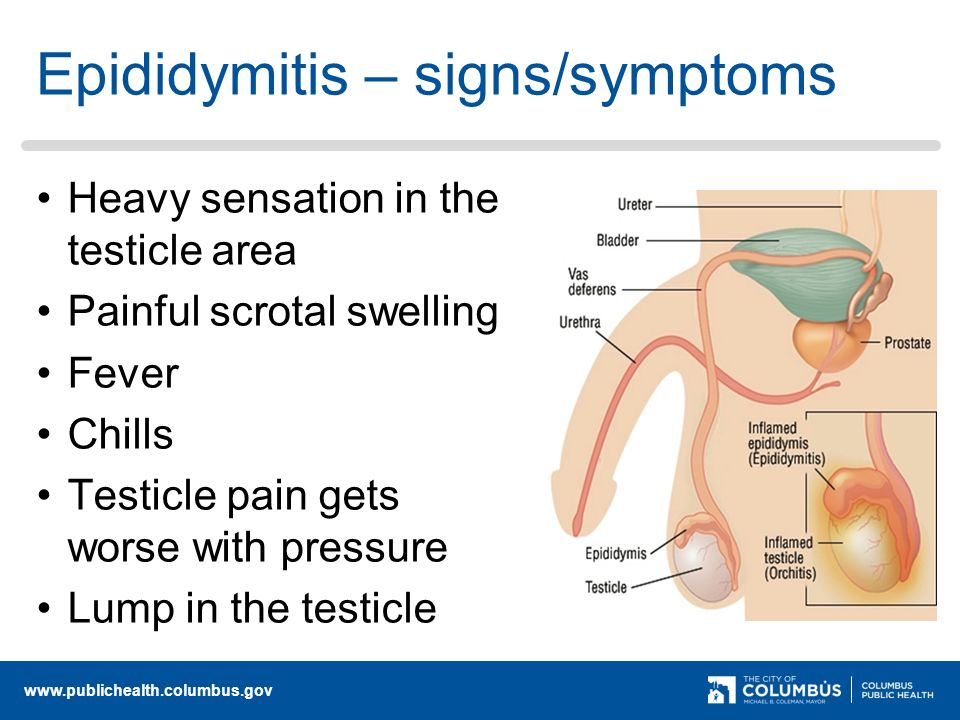
Causes of Costochondritis
There are several potential causes of costochondritis, including physical strain on the chest or arms, such as from heavy lifting or strenuous exercise, injuries to the chest area, and certain types of arthritis like rheumatoid arthritis or osteoarthritis. In many cases, the exact cause of costochondritis is unknown.
Diagnosing Costochondritis vs. Heart Problems
When a patient presents with chest pain, the primary concern is to rule out a heart attack or other serious cardiac condition. This typically involves an electrocardiogram (ECG) to check for signs of a heart attack, as well as blood tests to check for damage to the heart muscle. If these tests do not indicate a heart problem, the doctor may then consider a diagnosis of costochondritis based on the patient’s symptoms and medical history.
Treatment Options for Costochondritis
Costochondritis often resolves on its own without any specific treatment. However, in the meantime, patients may find relief from over-the-counter pain medications, such as acetaminophen or ibuprofen, or by applying pain-relieving creams or gels to the affected area. Gentle stretching exercises and the use of heating pads or ice packs may also help alleviate symptoms.
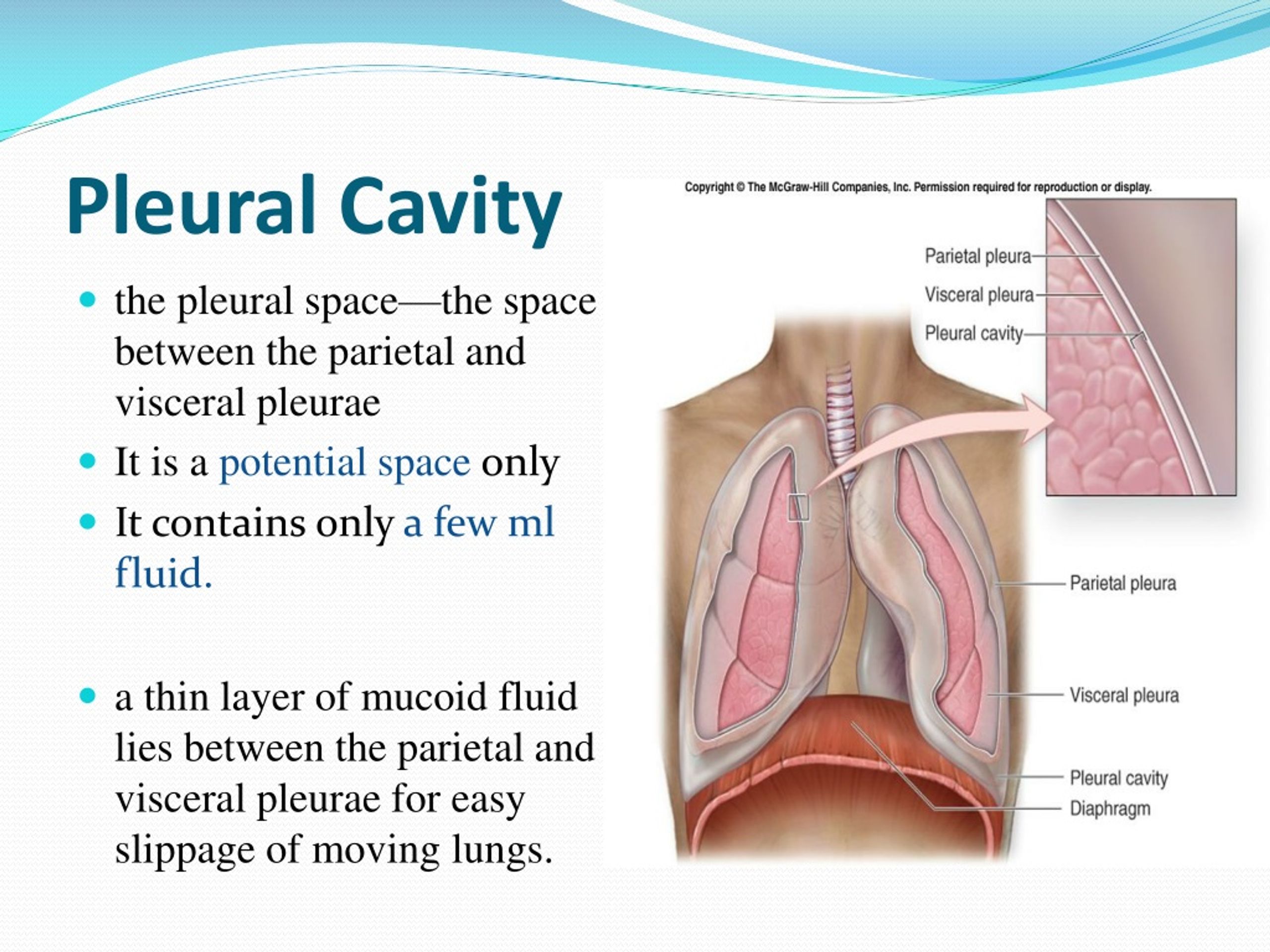
Preventing Recurrence of Costochondritis
To prevent the recurrence of costochondritis, it’s important to avoid activities that may have triggered the initial episode, such as heavy lifting or strenuous exercise. Maintaining good posture and engaging in low-impact exercises can also help reduce the risk of future episodes.
How can doctors be sure it’s not a heart problem?
Doctors can use several tests to rule out a heart problem and determine if the chest pain is due to costochondritis. The first step is typically an electrocardiogram (ECG) to check for signs of a heart attack or other cardiac issues. If the ECG is normal, doctors may then order blood tests to check for any damage to the heart muscle. If these tests do not indicate a heart problem, the doctor can then consider a diagnosis of costochondritis based on the patient’s symptoms and medical history.
What are the common causes of costochondritis?
The most common causes of costochondritis include physical strain on the chest or arms, such as from heavy lifting or strenuous exercise, injuries to the chest area, and certain types of arthritis like rheumatoid arthritis or osteoarthritis. In many cases, the exact cause of costochondritis is unknown.

How long does costochondritis usually last?
Costochondritis typically resolves on its own, without any specific treatment, although it can last for several months or even up to a year in some cases. During this time, patients may find relief from over-the-counter pain medications, pain-relieving creams or gels, and gentle stretching exercises.
Can costochondritis be prevented?
To prevent the recurrence of costochondritis, it’s important to avoid activities that may have triggered the initial episode, such as heavy lifting or strenuous exercise. Maintaining good posture and engaging in low-impact exercises can also help reduce the risk of future episodes.
How does costochondritis differ from a heart attack?
The main differences between costochondritis and a heart attack are the nature of the chest pain and other associated symptoms. Costochondritis typically causes a sharp, dull, or gnawing pain that worsens with deep breathing, coughing, or lying down, while heart attacks often cause an uncomfortable squeezing, tightness, or pressure in the center of the chest, along with other varied symptoms.
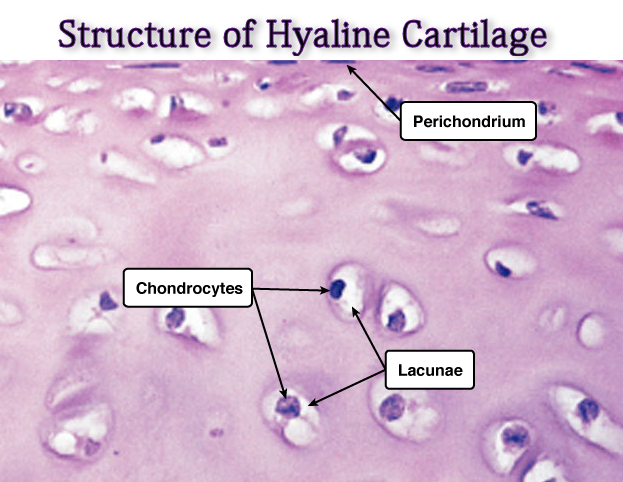
What are the treatment options for costochondritis?
The treatment for costochondritis is typically conservative and aimed at managing the symptoms. Over-the-counter pain medications, such as acetaminophen or ibuprofen, can help alleviate the pain. Applying pain-relieving creams or gels to the affected area, as well as using heating pads or ice packs, may also provide relief. Gentle stretching exercises can also help, while activities that may have triggered the condition should be avoided.
Chest pain from inflamed joints
Q.
My wife was having unusual chest pains and was diagnosed with costochondritis. But it’s lasted for weeks now, and I worry that she might have a heart problem. How can doctors be sure it’s not her heart?
A. Costochondritis is one of several conditions that are often mistaken for a heart-related problem. (Another is heartburn.) Costochondritis results from inflammation of the tough, flexible connective tissue (cartilage) between the ribs and the breastbone, called the costosternal joints (see illustration).
Possible causes of costochondritis include a blow to the chest, strenuous exercise, or heavy weight lifting. A respiratory or joint infection, severe coughing, and certain types of arthritis may also trigger the condition. But more often than not, the cause is unknown.
The main symptoms are pain and tenderness in the chest. The pain may feel sharp or dull and gnawing and often worsens when a person takes a deep breath, coughs, or lies down. The chest may feel tender and possibly swollen when pressed. Rest and quiet breathing tends to ease the pain somewhat.
The pain may feel sharp or dull and gnawing and often worsens when a person takes a deep breath, coughs, or lies down. The chest may feel tender and possibly swollen when pressed. Rest and quiet breathing tends to ease the pain somewhat.
In contrast, people often describe heart attacks as uncomfortable squeezing, tightness, or pressure in the center of the chest; other varied symptoms can also occur. Because heart attacks are common and potentially serious, it’s the first thing a doctor will rule out if a person shows up in any medical setting with chest pain. The testing includes an electrocardiogram, a brief, painless test that may reveal a distinct signature if a heart attack is occurring (or happened in the past). A blood test that checks for damage to the heart muscle is standard practice; other tests may be done as well.
Doctors always take a medical history, which may have helped pin down your wife’s diagnosis. There are no lab or imaging tests to confirm a diagnosis of costochondritis with certainty.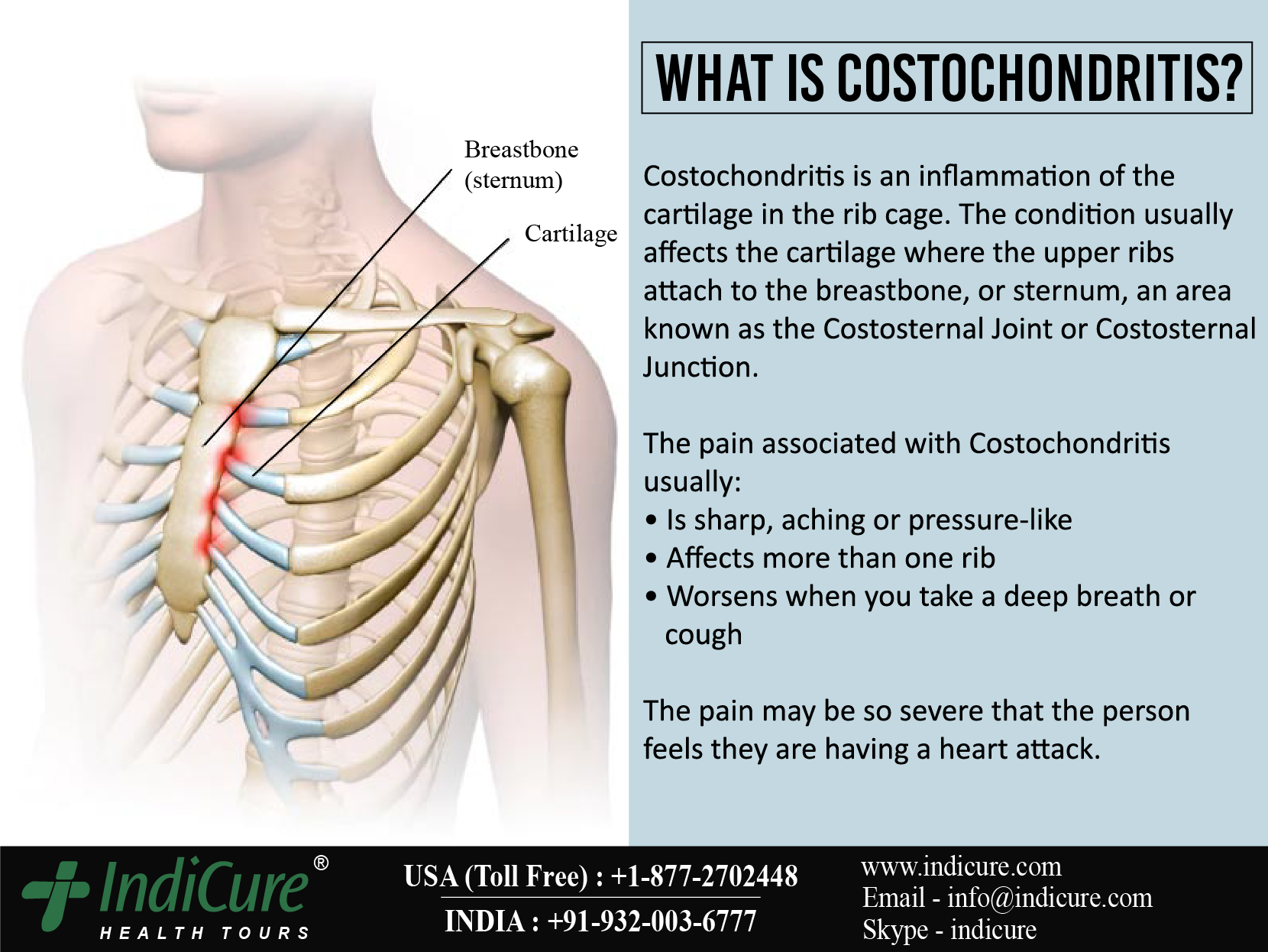 The problem usually goes away on its own, without any treatment. But it can last several months and sometimes up to a year. In the meantime, people can take pain medications, such as acetaminophen (Tylenol) or ibuprofen (Advil, Motrin), or apply pain-relieving creams or gels to the affected area. These include over-the-counter creams that contain capsaicin or salicylates, or a 1% diclofenac gel (Voltaren). Exercises that might aggravate the problem, such as rowing or weight lifting, may need to be avoided. Gentle stretching exercises may help; so can putting either a heating pad or ice pack on the painful area a few times a day.
The problem usually goes away on its own, without any treatment. But it can last several months and sometimes up to a year. In the meantime, people can take pain medications, such as acetaminophen (Tylenol) or ibuprofen (Advil, Motrin), or apply pain-relieving creams or gels to the affected area. These include over-the-counter creams that contain capsaicin or salicylates, or a 1% diclofenac gel (Voltaren). Exercises that might aggravate the problem, such as rowing or weight lifting, may need to be avoided. Gentle stretching exercises may help; so can putting either a heating pad or ice pack on the painful area a few times a day.
Image: © 7activestudio/Getty Images
As a service to our readers, Harvard Health Publishing provides access to our library of archived content. Please note the date of last review or update on all articles.
No content on this site, regardless of date, should ever be used as a substitute for direct medical advice from your doctor or other qualified clinician.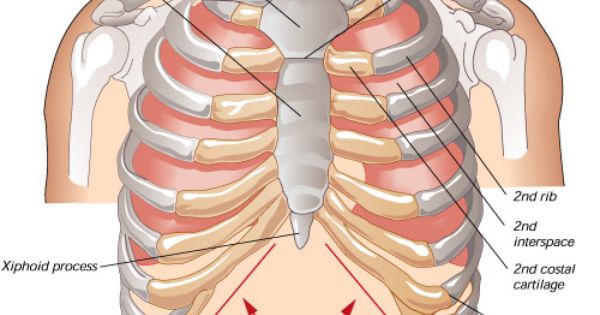
Causes and Symptoms – Medi-Station Urgent Care Miami Shores
Here’s the deal: Funeral Homes & the Death Industry deliberately Keep Information Hidden. We encourage Sharing: think of Your Simple Plan as Your Post-Life Resume. Plus: aren’t you Curious what other people are planning? Let’s remove the taboo, be part of the Solution, and Keep the Conversation Open. All other products/services can be Private, but we encourage you to Keep Your Simple Plan PUBLIC.
Costochondritis is an inflammation in the chest where the upper ribs are joined to the sternum, or breast bone, by cartilage. It is a condition that is usually not life threatening and will often go away without treatment, but because of the symptoms, should not be ignored.
When children or adolescents feel chest pains, a common diagnosis is costochondritis, between 10 and 30 percent of cases, but a cause for it is usually not found.
Although the first thing that is thought of when adults have chest pain is a heart attack, they may also be diagnosed with this inflammatory condition.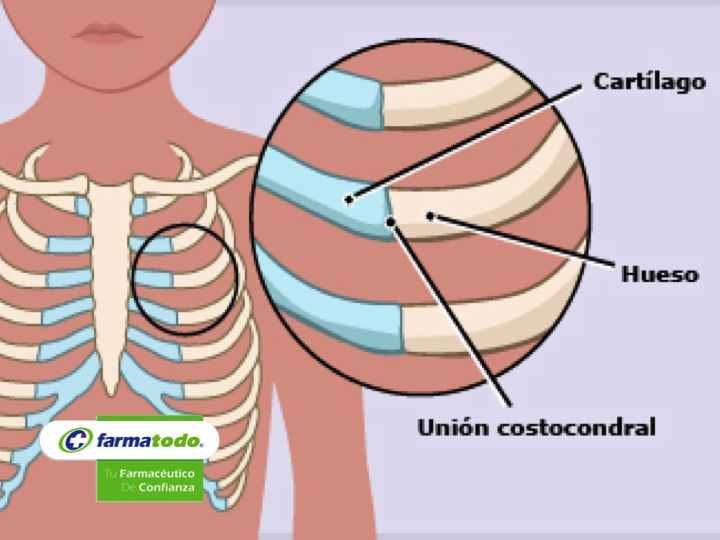 Tests will be completed in order to eliminate a heart attack before moving onto other possibilities as a diagnosis for the pain.
Tests will be completed in order to eliminate a heart attack before moving onto other possibilities as a diagnosis for the pain.
Costochondritis Causes
Often there is no definitive cause, but some of the causes include:
* Physical strain on the chest or arms – This will often happen with heavy lifting, a strenuous exercise routine, or overexerting during a physical activity.
* Injury to the chest area – This could be from an accident or fall that causes a blow to the chest.
* Arthritis – Arthritis is an inflammation of the joints. This inflammation can begin to inflame the cartilage of the chest. Types of arthritis include, rheumatoid arthritis and osteoarthritis.
* Tumors – Regardless of whether or not the tumor is cancerous, inflammation in the cartilage of the chest can occur depending on the location of the tumors.
* Viral infections – A viral infection can be a cause because of the inflammation that naturally comes along with the infection, along with strain that is felt in the chest from repetitive coughing.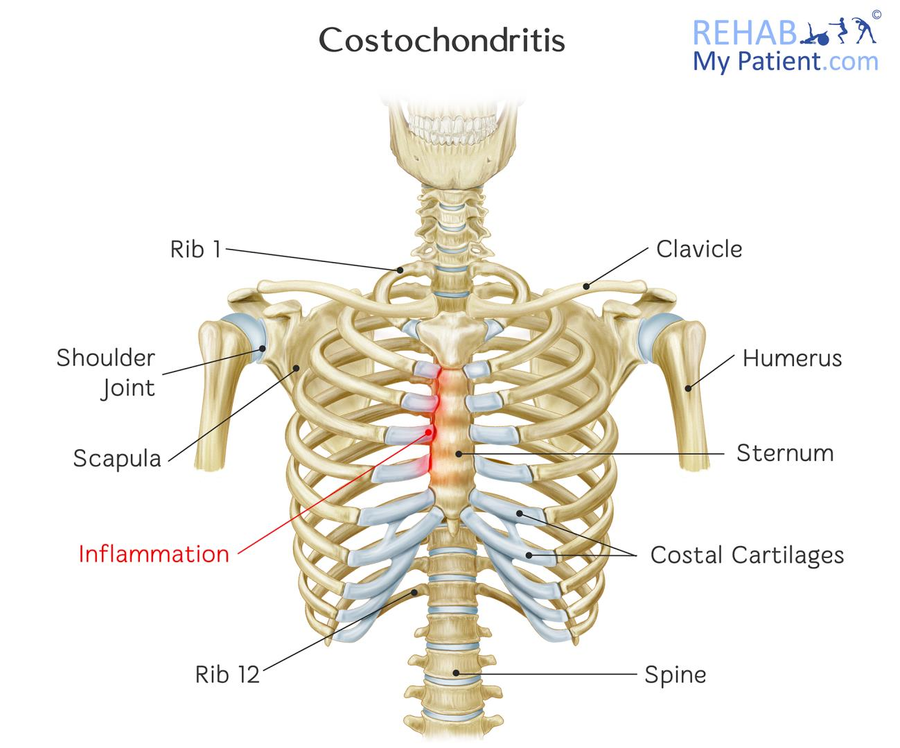
* Fungal infections – In rare cases, a fungal infection can be the cause.
In addition to the other costochondritis causes, the cause on occasion is from a bacterial infection. It most commonly happens to those that use IV drugs and in those that have recently had surgery on their upper chest. The cartilage of the upper chest can be more prone to a bacterial infection after surgery because the blood flow to the area is reduced during surgery.
Symptoms of Costochondritis
There are a number of symptoms of costochondritis that may be seen. The first that is often noticed are chest pains. The pain that is felt may be a dull, aching pain, but is usually sharp and is on the front of the chest. It is more commonly felt on the left side in one confined location, but will sometimes spread and be felt in the back or stomach as well. Most of the time, the pain will start after exercising, an upper respiratory infection, or minor trauma to the chest area.
Pain may also be felt when a person coughs or takes in a deep breath. The chest pains are typically felt in the fourth, fifth, and sixth ribs. As a person takes in deep breaths or move the upper body, the pain will likely increase and will decrease when the body is not moving or more shallow breaths are taken.
The chest pains are typically felt in the fourth, fifth, and sixth ribs. As a person takes in deep breaths or move the upper body, the pain will likely increase and will decrease when the body is not moving or more shallow breaths are taken.
Tenderness of the rib cage will also be noticed when pressure is applied. Applying pressure and checking for tenderness is something a physician will do in order to give a diagnosis.
When an infection from surgery is the cause, there will be redness, pus discharge, or swelling in the location of the surgery.
*** If you believe that you may have costochondritis, seek contact a medical professional immediately.
How to diagnose Tietze’s syndrome – Rheumatology services
How to diagnose Tietze’s syndrome – Rheumatology services
Recording 24/7
Find the center and
register for diagnostics
+7(812)209-29-49
- org/ListItem”>
- Diagnosis of Tietze’s syndrome
home
How to Diagnose Tietze’s Syndrome (Cos-cartilage Syndrome, Costal Chondritis) : Costo-cartilaginous syndrome is a disease from the group of chondropathy, accompanied by aseptic inflammation of one or more upper costal cartilages in the area of their articulation with the sternum. The initial diagnosis of Tietze’s syndrome will require an X-ray or CT scan of the ribs and a subsequent consultation with a rheumatologist.
Which doctor treats costochondral syndrome: With symptoms of Tietze’s syndrome, you should first consult a rheumatologist, based on the results of the initial examination, the doctor may prescribe an additional consultation with an orthopedist.
Quick navigation
Tietze’s syndrome is a rare condition that causes chest pain in the upper ribs. It is a benign disease that mainly affects patients under the age of 40. The exact cause of its occurrence is unknown.
Symptoms of costochondral syndrome
The main symptom of Tietze’s syndrome is chest pain. In this condition, pain is felt around one or more of the 4 upper ribs, especially where the ribs attach to the sternum. In 70-80% of cases, the pain is localized around one rib. Usually only one side of the chest is affected. Inflammation of the cartilage of the affected rib causes pain and swelling. The area may hurt, look swollen, or red. Tietze syndrome pain can:
- come on suddenly or gradually
- be sharp, stabbing, blunt or painful
- vary from weak to strong
- extend to arm, neck and shoulders
- aggravated by exertion, coughing or sneezing.
Causes of Tietze’s syndrome
The exact cause of Tietze’s syndrome is unknown. However, researchers believe that it may be the result of a minor injury to the ribs. Injuries caused by:
However, researchers believe that it may be the result of a minor injury to the ribs. Injuries caused by:
- severe cough
- severe vomiting
- upper respiratory infections, including sinusitis or laryngitis
- strenuous or repetitive physical activity
- injuries or wounds.
Risk factors
The biggest risk factors for Tietze syndrome are age and possibly season. Tietze’s syndrome mainly affects children and patients under the age of 40. The number of cases is higher in winter and spring. The syndrome develops most often in women, but can also affect men.
How Tietze’s syndrome differs from costochondritis
Tietze’s syndrome and costochondritis cause chest pain around the ribs, but there are important differences:
Tietze syndrome | Costochondritis |
Rare and usually affects people under 40 years of age. | Relatively common and usually affects patients over 40 years of age. |
Symptoms include both swelling and pain. | Symptoms include pain but not swelling. |
Includes pain in one area only. | Affects more than one area. |
Most often affects the second or third rib. | Most often affected from the second to the fifth ribs. |
Diagnosis of Costochondral Syndrome
Tietze’s syndrome is difficult to diagnose, especially when it is necessary to distinguish it from the more common costochondritis. During your initial appointment, your doctor will perform an orthopedic examination and ask you about your symptoms. He will prescribe certain tests to rule out other causes and make the correct diagnosis. These include:
- blood test to check for signs of a heart attack or other illness
- Ultrasound to check ribs for cartilage inflammation
- X-ray of the ribs to detect diseases associated with organs, bones and tissues
- Chest MRI to look more closely at cartilage thickening or inflammation
- CT ribs
- electrocardiogram.

Treatment
General treatment regimen for Tietze’s syndrome:
- rest
- avoidance of strenuous activity
- applying heat to the affected area.
In some cases, the pain resolves on its own without treatment. For relief, the doctor will recommend painkillers. Other possible treatments for ongoing pain and inflammation include steroid injections to reduce swelling, or injections of lidocaine into the affected area to relieve pain. Tietze’s syndrome pain usually improves within a few months. Sometimes the condition improves and then resume. In extreme cases where conservative treatments fail to reduce pain and swelling, surgery is required to remove excess cartilage from the affected ribs.
The best specialists in St. Petersburg with a rating of 4.5+
Prokofiev Alexander Alekseevich
Specialization: Orthopedist, Traumatologist
Medical experience: since 2016
Where does the reception: LDC Svetlana
Midaev Ali Ilesovich
Specialization: Orthopedist, Traumatologist
Medical experience: since 2020
Where does the reception: LDC Svetlana
Istomin Maxim Alexandrovich
Specialization: Orthopedist, Traumatologist
Medical experience: since 2014
Where does the reception: LDC Svetlana
Tereshin Nikita Aleksandrovich
Specialization: Orthopedist, Traumatologist
Medical experience: since 2013
Where does the reception: LDC Svetlana, Children’s Clinical Hospital No. 5 named after. Filatov
5 named after. Filatov
Khachatryan Meruzhan Varuzhanovich
Specialization: Orthopedist, Traumatologist
Medical experience: since 2014
Where does the reception: LDC Svetlana
Shushunov Sergey Vyacheslavovich
Specialization: Orthopedist, Traumatologist
Medical experience: since 2001
Where does the reception: LDC Svetlana
Panov Valentin Aleksandrovich
Specialization: Orthopedist, Traumatologist
Medical experience: since 2007
Where does the reception: LDC Svetlana, FGBU SZONKTS named after L.G. Sokolov, FMBA of Russia Tigliev Neurosurgical Center “New Technologies”
Salikhov Marsel Ramilievich
Specialization: Orthopedist, Traumatologist, Surgeon
Medical experience: since 2009
Where does the appointment: LDC Svetlana, Medswiss Gakkelevskaya, Institute of Traumatology and Orthopedics. Vreden, Polyclinic Research Institute of Traumatology and Orthopedics.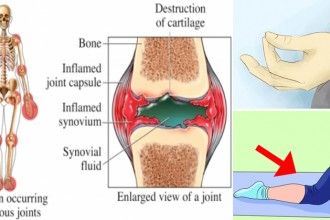 Wreden
Wreden
Bunyakova Elena Vladimirovna
Specialization: Pediatrician, Rheumatologist
Medical experience: since 2008
Where does the reception: MC Baltmed Ozerki
Durmanov Oleg Vladimirovich
Specialization: Orthopedist, Traumatologist
Medical experience: since 1997
Where does the reception: MC Baltmed Ozerki
Yakovlev Daniil Igorevich
Specialization: Orthopedist, Traumatologist
Medical experience: 2010
Where does the reception: MC Baltmed Ozerki, Vsevolozhsk Central District Hospital
Nikolaev Dmitry Grigorievich
Specialization: Orthopedist, Vertebrologist, Traumatologist
Medical experience: since 2009
Where does the reception: MC Baltmed Ozerki, MEDSI Clinic
Zhabbiyev Ykhlas
Specialization: Orthopedist, Traumatologist
Medical experience: since 2016
Where does the reception: MC Medicenter
Jumanov Eziz
Specialization: Orthopedist, Traumatologist
Medical experience: since 2018
Where does the reception: MC Medicenter
Gokiev Guvanch
Specialization: Orthopedist, Traumatologist
Medical experience: since 2019year
Where does the reception: MC Medicenter, Elizabethan Hospital
Riahi Aimen
Specialization: Orthopedist, Traumatologist
Medical experience: since 2014
Where does the reception: MC Medicenter
Ihrawat Ibrahim Faik Awad
Specialization: Orthopedist, Traumatologist
Medical experience: since 2011
Where does the reception: MC Medicenter
Isakhanyan David Arshakovich
Specialization: Orthopedist, Traumatologist, Surgeon
Medical experience: since 2011
Where does the reception: MC Medicenter, Trauma Center Kurchatov
Zakaryan Tigran Ervandovich
Specialization: Orthopedist, Traumatologist
Medical experience: since 2016
Where does the reception: MC Medicenter, MC Poema Zdorovya
Bayzhanov Abylkhair
Specialization: Orthopedist, Traumatologist
Medical experience: since 2017
Where does the reception: MC Medicenter
Aliev Murad Ramazanovich
Specialization: Orthopedist, Traumatologist
Medical experience: since 2009year
Where does the reception: MC Medicenter, MC Poema Zdorovya
Ibragimov Anar Sayyarovich
Specialization: Orthopedist, Traumatologist
Medical experience: since 2014
Where does the reception: MC Medpomoshch 24 Zanevsky, MC SOGAZ Stachek
Bykov Anton Olegovich
Specialization: Orthopedist, Traumatologist
Medical experience: since 2007
Where does the reception: MC Medpomoshch 24 Balkan
Bizyukov Oleg Valerievich
Specialization: Orthopedist, Traumatologist
Medical experience: since 1998
Where does the reception: MC March
Lipatov Vasily Sergeevich
Specialization: Orthopedist, Traumatologist
Medical experience: since 2006
Where does the reception: MC March
Kazakov Alexey Alexandrovich
Specialization: Orthopedist, Traumatologist, Surgeon
Medical experience: since 2001
Where does the reception: MC Energo Kyiv
Abzianidze Alexey Vadimovich
Specialization: Orthopedist, Traumatologist
Medical experience: since 2001
Where does the reception: MC Riorit, SM-Clinic on Vyborgsky
Tkachenko Maxim Viktorovich
Specialization: Orthopedist, Traumatologist
Medical experience: since 2004
Where does the reception: MC Riorit
Martynov Victor Borisovich
Specialization: Orthopedist, Traumatologist
Medical experience: since 2012
Where does the reception: MC Long Vita, Clinic of the scientific and practical center.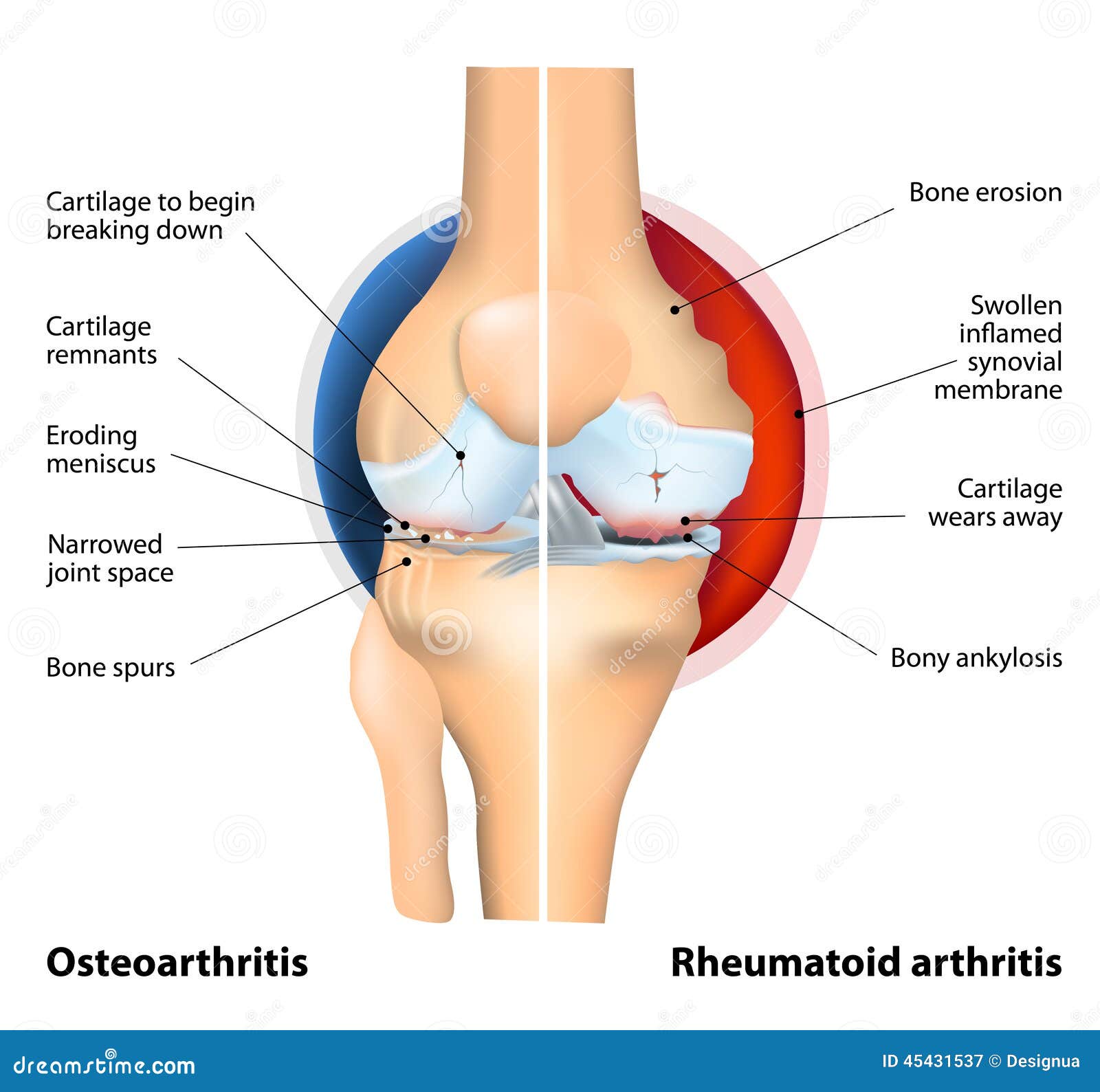 Albrecht
Albrecht
Radchenko Svetlana Vasilievna
Specialization: Rheumatologist
Medical experience: since 2001
Where does the reception: MC Longa Vita
Ibragimov Dmitry Sergeevich
Specialization: Orthopedist, Ultrasound Doctor, Vertebrologist, Traumatologist, Surgeon
Medical experience: since 1999
Where does the reception: MC Longa Vita, MC Consilium Med
Shcheglova Raisa Aleksandrovna
Specialization: Cardiologist, Rheumatologist
Medical experience: since 1994
Where does the reception: SM-Clinic on Vyborgsky
Danilova Olga Andreevna
Specialization: Orthopedist
Medical experience: since 2005
Where does the reception: SM-Clinic on Marshal Zakharov, MC Leksmed
Zhilin Sergey Alexandrovich
Specialization: Rheumatologist
Medical experience: since 2001
Where does the reception: SM-Clinic on Vyborgsky
Kalmurzina Anastasia Yakovlevna
Specialization: Therapist, Endocrinologist, Rheumatologist
Medical experience: since 2006
Where does the reception: SM-Clinic on Udarnikov
Dadasheva Dinara Umarovna
Specialization: Therapist, Rheumatologist
Medical experience: since 2015
Where does the reception: SM-Clinic on Udarnikov
Kruglyak Lyudmila Aleksandrovna
Specialization: Therapist, Rheumatologist
Medical experience: since 2012
Where does the reception: SM-Clinic on Malaya Balkanskaya
Mysin Mikhail Alexandrovich
Specialization: Therapist, Rheumatologist
Medical experience: since 2015
Where does the reception: SM-Clinic on Vyborgsky
Rakhmanova Makhym Muradovna
Specialization: Therapist, Rheumatologist
Medical experience: since 1989
Where does the reception: SM-Clinic on Marshal Zakharov
Kozlov Igor Andreevich
Specialization: Orthopedist, Traumatologist
Medical experience: since 2020
Where does the appointment: SM-Clinic on Marshal Zakharov, SM-Clinic on Vyborgsky
Belousov Evgeny Ivanovich
Specialization: Orthopedist, Traumatologist
Medical experience: since 1990
Where does the reception: SM-Clinic on Udarnikov
Giniyatov Anvar Rinatovich
Specialization: Orthopedist, Traumatologist
Medical experience: since 2017
Where does the reception: SM-Clinic on Danube
Grebenyuk Mikhail Viktorovich
Specialization: Orthopedist, Traumatologist, Surgeon
Medical experience: since 2006
Where does the reception: SM-Clinic on Vyborgsky
Danilkin Alexey Valerievich
Specialization: Orthopedist, Traumatologist
Medical experience: since 2006
Where does the reception: SM-Clinic on Udarnikov, Children’s Clinic No. 17
17
Panfilov Artem Igorevich
Specialization: Orthopedist, Traumatologist
Medical experience: since 2012
Where does the reception: SM-Clinic on Marshal Zakharov
Uchurov Igor Fedorovich
Specialization: Orthopedist, Traumatologist
Medical experience: since 2009
Where does the reception: SM-Clinic on Vyborgsky
Angelcheva Tatyana Avramovna
Specialization: Orthopedist, Traumatologist
Medical experience: since 2015
Where does the reception: SM-Clinic on Udarnikov
Antonov Ilya Aleksandrovich
Specialization: Orthopedist, Traumatologist
Medical experience: since 2015
Where does the reception: SM-Clinic on Marshal Zakharov
Akhmedov Kazali Muradovich
Specialization: Orthopedist, Traumatologist
Medical experience: since 2018
Where does the appointment: SM-Clinic on Malaya Balkanskaya, SM-Clinic on Danube, CMRT Petrogradsky
Borisova Olga Mikhailovna
Specialization: Orthopedist, Traumatologist, Surgeon
Medical experience: since 2007
Where does the reception: SM-Clinic on Danube
Garifulin Marat Sagitovich
Specialization: Orthopedist, Traumatologist
Medical experience: since 2004
Where does the appointment: SM-Clinic on Danube, SM-Clinic on Malaya Balkanskaya
Dergulev Igor Olegovich
Specialization: Orthopedist, Traumatologist
Medical experience: since 2012
Where does the reception: SM-Clinic on Danube
Zimin Denis Vitalievich
Specialization: Orthopedist, Traumatologist
Medical experience: since 2017
Where does the appointment: SM-Clinic on Vyborgsky, Clinic TT Life
Islamov Magomedgadzhi Magomedkhabibovich
Specialization: Orthopedist, Traumatologist
Medical experience: since 2016
Where does the reception: SM-Clinic on Danube
Kazak Roman Alekseevich
Specialization: Orthopedist, Traumatologist
Medical experience: since 2017
Where does the reception: SM-Clinic on Malaya Balkanskaya, Trauma Center on Kolomyazhsky
Karapetyan Sergey Vazgenovich
Specialization: Orthopedist, Traumatologist
Medical experience: since 2007
Where does the appointment: SM-Clinic on the Danube, SM-Clinic on Malaya Balkanskaya, Children’s Clinic No.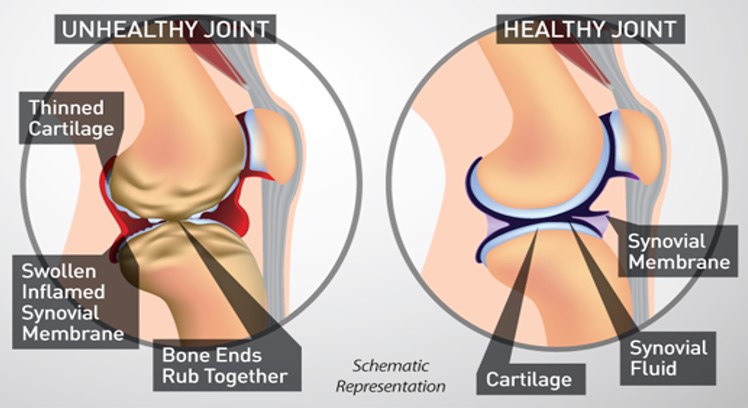 5, Children’s Rehabilitation and Rehabilitation Center. G.A.Albrecht on the Bolshoi Sampsonevsky
5, Children’s Rehabilitation and Rehabilitation Center. G.A.Albrecht on the Bolshoi Sampsonevsky
Karpushin Andrey Alexandrovich
Specialization: Orthopedist, Traumatologist
Medical experience: from 1967 years old
Where does the reception: SM-Clinic on Danube
Kikaev Adlan Olkhozurovich
Specialization: Orthopedist, Traumatologist
Medical experience: since 2016
Where does the reception: SM-Clinic on Marshal Zakharov, SM-Clinic on Udarnikov
Kolyadin Maxim Alexandrovich
Specialization: Orthopedist, Traumatologist
Medical experience: since 2008
Where does the appointment: SM-Clinic on Danube, SM-Clinic on Malaya Balkanskaya
Kustikov Anton Alexandrovich
Specialization: Orthopedist, Traumatologist, Surgeon
Medical experience: since 2012
Where does the reception: SM-Clinic on Marshal Zakharov
Lortkipanidze Ruslan Badrievich
Specialization: Orthopedist, Traumatologist
Medical experience: since 2016
Where does the appointment: SM-Clinic on the Danube, Children’s Clinical Hospital No.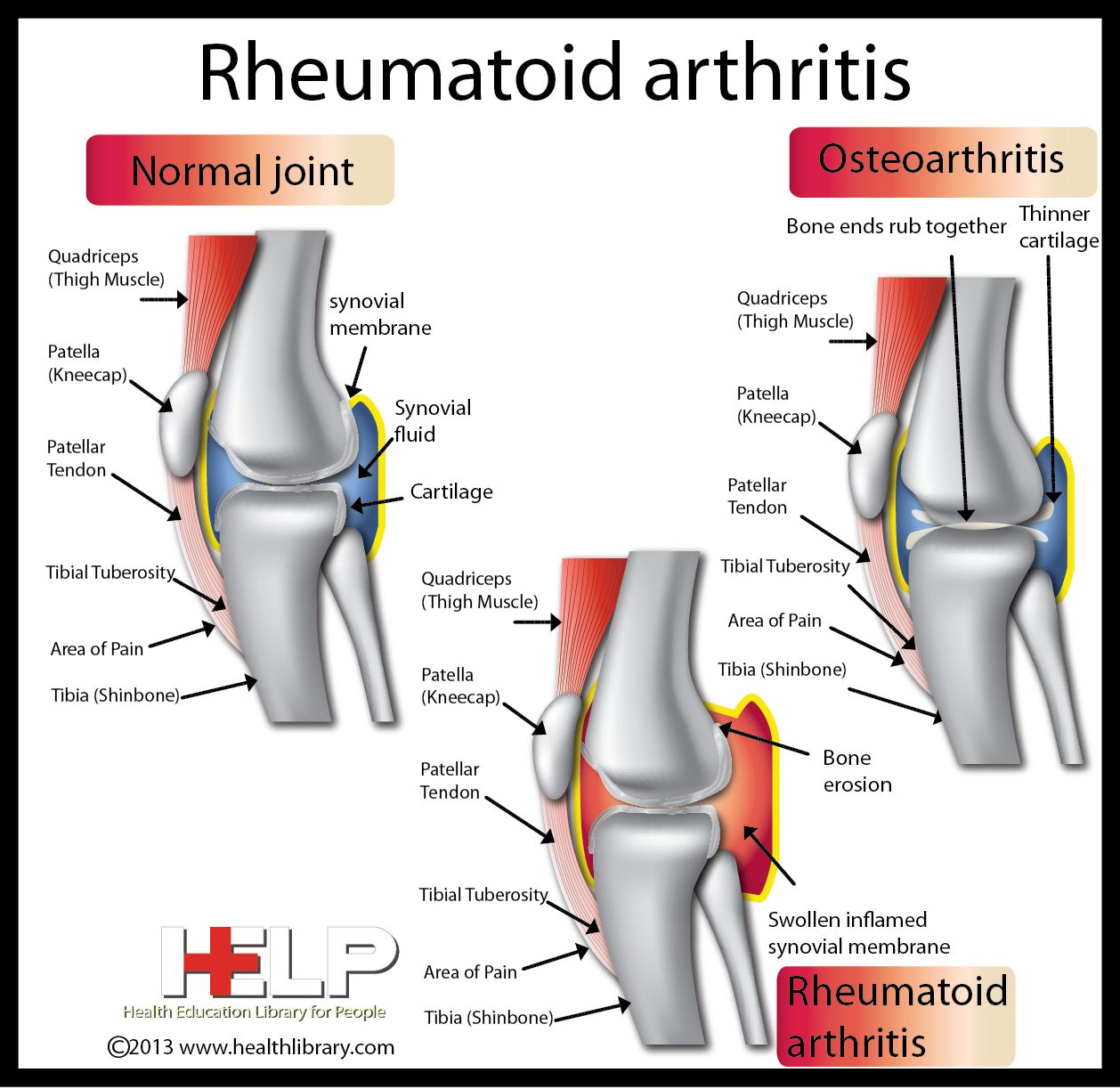 5 named after. Filatov
5 named after. Filatov
Mitin Andrey Viktorovich
Specialization: Orthopedist, Traumatologist, Surgeon, Urologist
Medical experience: since 1999
Where does the appointment: SM-Clinic on Udarnikov, SM-Clinic on Danube, SM-Clinic on Vyborgsky
Nikitin Alexander Vladimirovich
Specialization: Orthopedist, Traumatologist
Medical experience: since 2008
Where does the appointment: SM-Clinic on the Danube, MC “Dynasty” on Lenin, Reaclinic on Lenin, City Hospital No. 40 of the Kurortny District
Petrov Artem Viktorovich
Specialization: Orthopedist, Traumatologist
Medical experience: since 2007
Where does the reception: SM-Clinic on the Danube, Research Institute of Emergency Medicine. Janelidze
Popov Evgeniy Sergeevich
Specialization: Orthopedist, Traumatologist
Medical experience: since 2001
Where does the reception: SM-Clinic on Vyborgsky
Urbanovich Sergey Ivanovich
Specialization: Orthopedist, Traumatologist
Medical experience: since 2011
Where does the appointment: SM-Clinic on Marshal Zakharov, SM-Clinic on Vyborgsky
Fil Stepan Yurievich
Specialization: Orthopedist, Traumatologist
Medical experience: since 2018
Where does the reception: SM-Clinic on Vyborgsky
Shikhzagirov Arsen Zagidinovich
Specialization: Orthopedist, Traumatologist
Medical experience: since 2003
Where does the reception: SM-Clinic on Malaya Balkanskaya
Author: Viktor Evgenievich Tolnikov
Specialization: Orthopedist, Traumatologist, Sports doctor Harmful
Share:
Literature
- Gamaley I.
 A. On the regulatory role of reactive oxygen species in the cell. // Int. conference “Free radical processes: ecological, pharmacological and clinical aspects”, abstracts of reports. St. Petersburg, 1999. – S.767.
A. On the regulatory role of reactive oxygen species in the cell. // Int. conference “Free radical processes: ecological, pharmacological and clinical aspects”, abstracts of reports. St. Petersburg, 1999. – S.767. - Atakhanov P.K. Surgical correction of congenital pectus excavatum using multidisciplinary bone xenofixators: Diss. . cand. honey. Sciences. Frunze, 1989. -150 p.
- Dolnitsky O.V., Dirdovskaya L.N. Congenital deformities of the chest in children. – K .: Health, 1978. – 117p.
- Zahariu, Z. Keeled deformity of the chest: review and results of orthopedic compression therapy / Z. Zahariu // Medical Bulletin of the North Caucasus. – 2016. Vol. 11. No. 2. – 2016.
- Kadurina, T.I. Connective tissue dysplasia: hands. for doctors. / T.I.Kadurina, V.N.Gorbunova. – St. Petersburg: ELBI-SPb, 2009. – 702 p.
Latest diagnostic articles
Sports injury
Most sports injuries are caused by minor injuries to muscles, ligaments, tendons, or bones, including: bruises, sprains, fractures
Read more
Rib bruise
How to diagnose rib bruise: Rib bruise is a closed damage to the tissues of the ribs without significant damage to their structure.

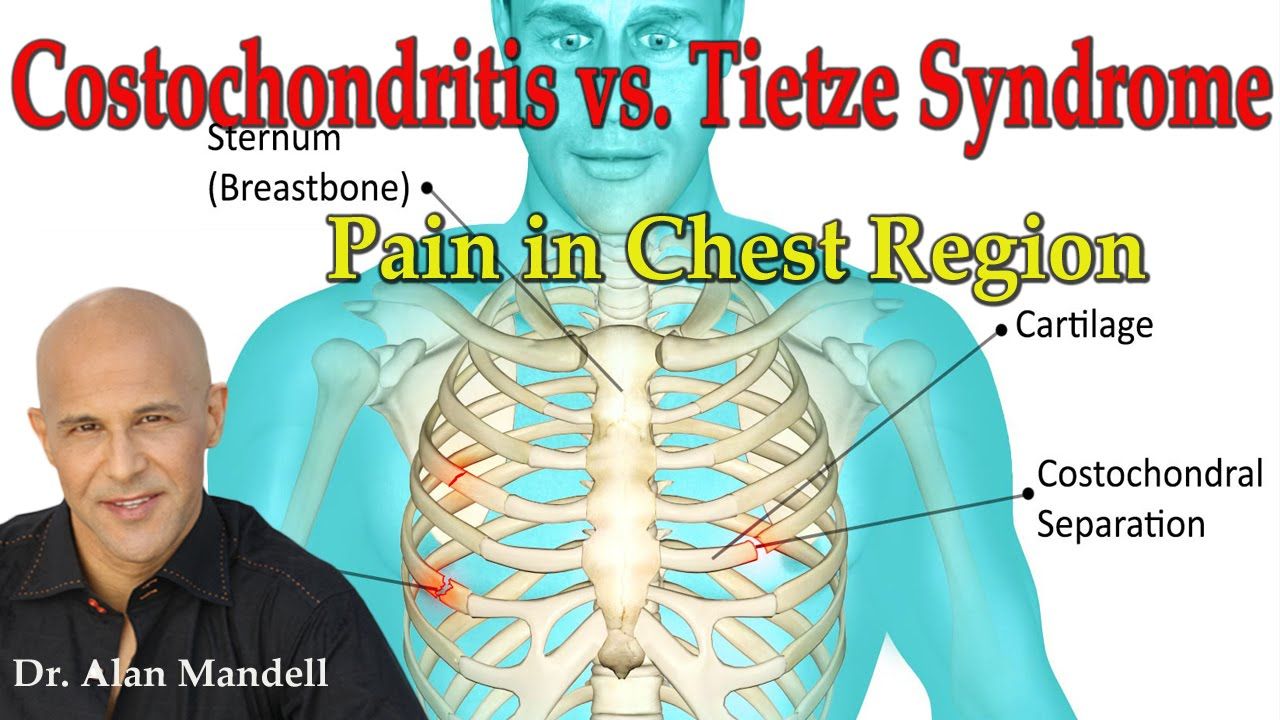

 A. On the regulatory role of reactive oxygen species in the cell. // Int. conference “Free radical processes: ecological, pharmacological and clinical aspects”, abstracts of reports. St. Petersburg, 1999. – S.767.
A. On the regulatory role of reactive oxygen species in the cell. // Int. conference “Free radical processes: ecological, pharmacological and clinical aspects”, abstracts of reports. St. Petersburg, 1999. – S.767.